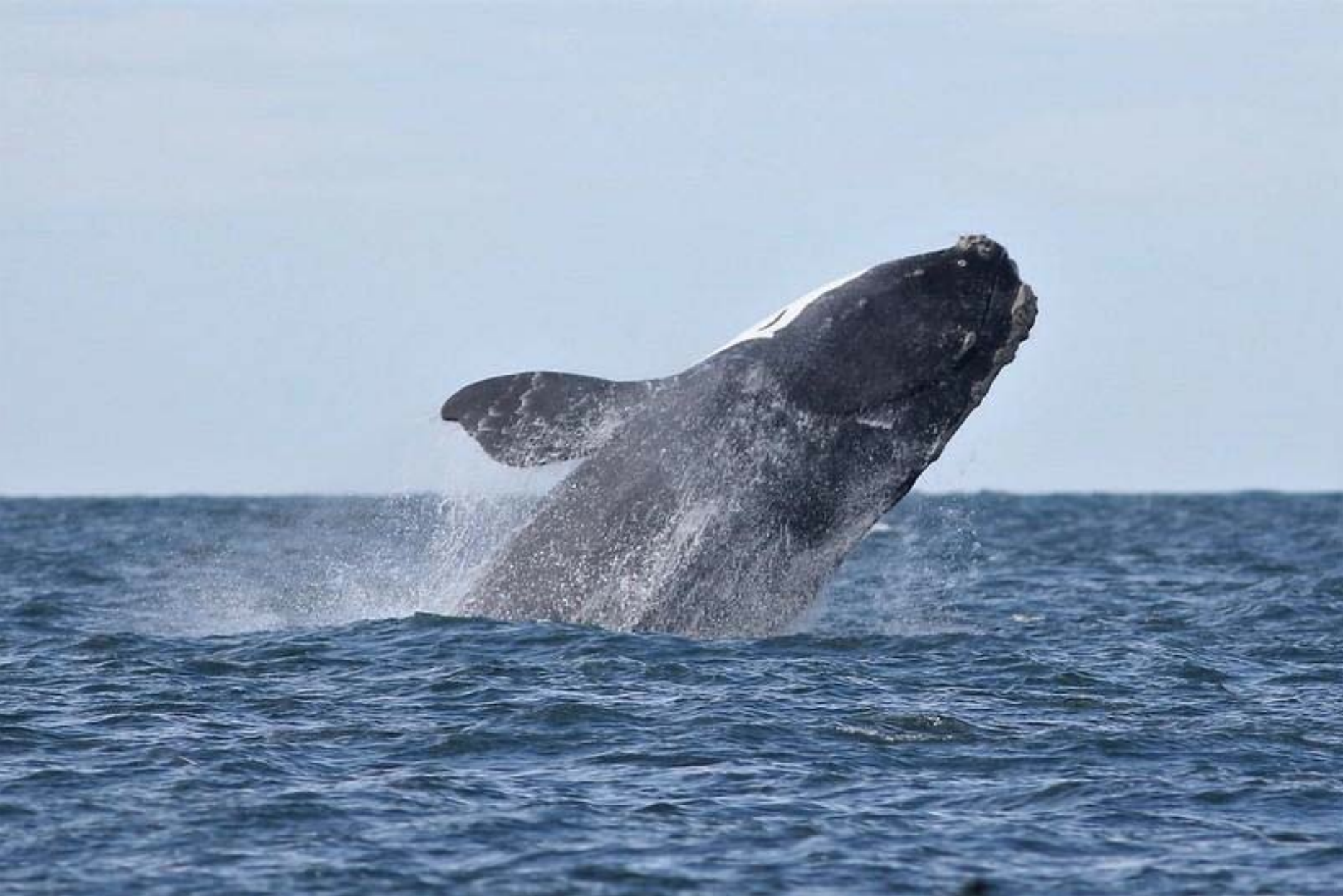(CN) — Lobsterman Brian Cates lives so far at the edge of Maine he can look out the windows of his house and see Canadian boats out in Canadian waters. It puts the fourth-generation lobsterman living on the eastern-most extreme of the U.S. in a situation unlike many of the lobstermen up and down the New England coast.
Years ago, Cates said that he and other fishermen around Cutler, Maine would go into the woods in the winter when the fishing slowed and cut pulp wood to sell to the local paper mills. But the paper mills went away. And over the last decade or so, more individuals have been turning to lobstering to earn a living, Cates said.
Over the last few years, lobstering has been good for the industry most associated with Maine, an industry that supports communities up and down its coasts. In February, Maine announced that in 2021 lobstermen hauled in 108 million pounds of lobster, netting a record-breaking $724.9 million.
But Cates and other New England lobstermen are worried about how the coming regulations issued by the National Marine Fisheries Service will affect their livelihoods.
The rules are intended to protect the approximately 336 North Atlantic right whales still alive today, once the prey of the historical whaling industry.
Thanks to changing ocean temperatures altering their feeding ground, some of the right whales’ biggest threats are being struck by ships and being tangled up in fishing rope, where tight cords cause drowning, starvation or infection
By May, U.S. lobstermen are set to change up their gear, adding links of weaker rope to their trawl lines, adding more lobster pots to the trawl line connecting to one buoy to reduce the number of ropes in the water.
Out there on the eastern-most edge of the United States, though, Cates fishes in disputed waters. There, around the mouth of the Bay of Fundy, there’s a strip of ocean claimed by both Canada and U.S. alike called the grey zone.
Cates fishes up against Canadian lobstermen, their traps and lines often getting caught up on one another. And the rules coming down from the federal government are not helping, Cates said.
Canadian fishermen don’t follow the same rules intended to mitigate whale entanglements, Cates said.
“If we have to put these weak links in our lines, we're gonna end up losing a lot of gear. … It's effectively going to put us out of business out there. We won't be able to compete,” Cates said.
Lobstermen down the New England coast say the changes come with little justification, that there’s scant evidence their actions lead to whale mortalities and it’s been almost two decades since a right whale was tangled up in Maine lobster gear. But conservationists say that without drastic action, right whales will continue to tangle up in fishing gear and die at a faster rate their population can recover and grow.
The question is the subject to a handful of lawsuits — lawsuits that pit conservation groups such as the Center for Biological Diversity, the State of Maine, National Marine Fisheries Service and industry groups such as Maine Lobstering Union Local 207.
Attorneys involved in the lawsuits say they expect judges involved in the cases to issue some decisions in the summer and fall of this year.
In the U.S. District Court for the District of Columbia, Judge James Boasberg is hearing one lawsuit initiated by a group of conservation groups who say the National Marine Fisheries Service did not follow the law when it created the current biological opinion to address the risk to right whales. Then, Boasberg is hearing another suit brought by stakeholders in the lobster industry who say the agency didn’t rely on the best available science when it created the biological opinion.









